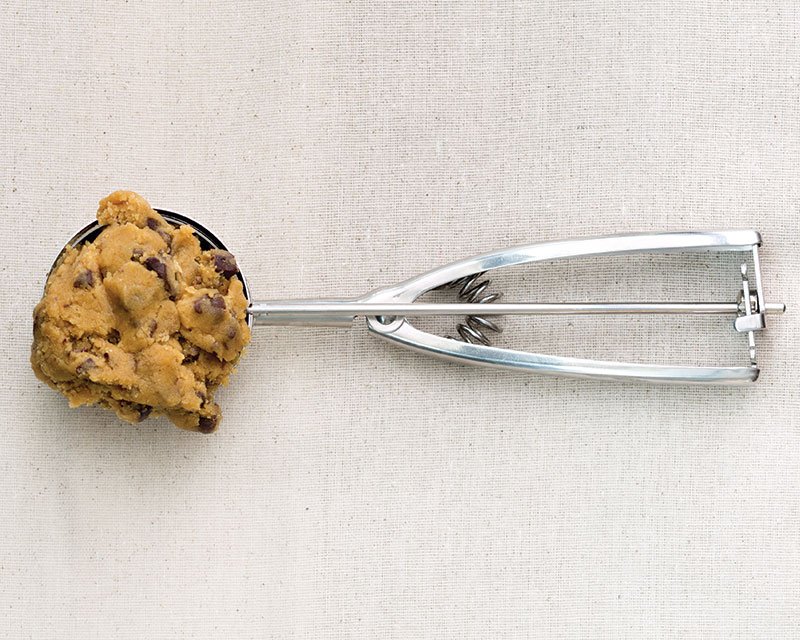
Are there any ingredients that you never weigh?
JR: I’m pretty lackadaisical about my vanilla extract usage. At times I do use teaspoons for spices and salt, and certain mix-ins like that. Sometimes I throw chocolate chips in by the handful instead of weighing them.
What sort of conditions or details have the potential to throw off gram measurements?
JR: Definitely humidity. Flours especially are very susceptible to humidity. I think when you’re working with more delicate pastries or certain breads, that’s when you need to take that more into account. The climate can come into play when the gluten development of the flour is going to be much more crucial to your baked good, as opposed to a cake where you’ve got your flour and leavener. With bread, you’re trying to develop the gluten, so humidity isn’t just going to affect the measurement, but your process as well.
If halving or doubling a recipe, do grams simply need to be divided or multiplied by two?
JR: It’s more complex than that because of the chemical interplay with how leaveners interact with acids and the like. Generally, I tend to feel pretty safe going right in and halving. I do it pretty often and have never had a problem with it. I usually just halve the gram measurements straight down the line. Doubling is a little trickier. You need balance, and I don’t recommend doubling your grams straight out. It’s all about your weight proportions.
What do you look for in a kitchen scale?
JR: I find that having a scale that can weigh a higher weight is nice to have. The one I work with the most weighs up to 11 pounds, which is helpful when a glass bowl is taking up some of the weight. For most everyday baking you just need one that allows you to switch between the imperial and metric measurements, tare it out, has a power button, and is easy to clean. A sturdy base is a must as well.
Are there any recipes you don’t measure?
JR: In cooking, yes, but not with baking.




I would love to see just a page of what this book is before i buy several copies for myself and for friends & fellow chefs and cooks.
Hey Karianne,
Thank you for reaching out! On Amazon, you could use their feature to look inside to the book for a few pages, seeing some of her conversions. However, I can give you an idea of how the book is set up. In the first section, Jessica lays out an exhaustive list of weight conversions. From dry to wet ingredients, she offers volume to grams conversion on just about every baking ingredient under the sun. In the next section, she offers her tried-and-true recipes for basic baked goods including vanilla cake, sugar cookies, and a list of her favorite frosting recipes. After that, she gives her “MacGyver” baking tips, offering information on substitutions, DIY extracts, and other baking hacks.
We think it’s a worthy book to keep close at hand–enough so that we are basing our own measurements on her standard! I hope this has been helpful in giving you an idea of what the book really entails. Happy baking!